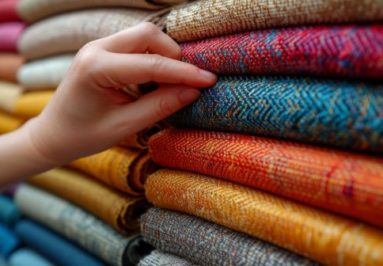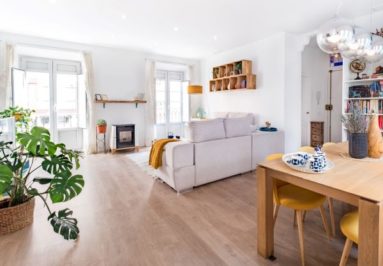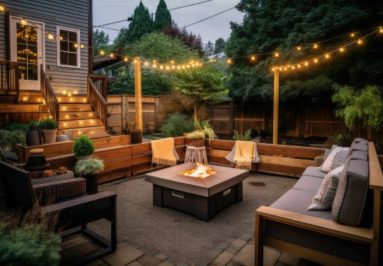Noticing a noise problem is the easy part, resolving it is when it starts to get tricky. If you’re looking to get started with a soundproofing project but aren’t sure where to begin, check out these FAQs for some quick answers to many common soundproofing questions.
Common Soundproofing Questions
What is soundproofing anyways?
Soundproofing consists of two basic categories: sound blocking and sound absorption. It’s important to understand the difference between the two before starting any soundproofing project.
Sound blocking products work to stop or block sound from entering or leaving the treated area. For example, disturbances such as street noise, loud neighbors or overhead planes require sound blocking solutions. A sound-blocking product will reflect the incoming sound back toward its source.
Sound absorption products absorb sound waves, preventing them from bouncing around the room creating echo and reverberation. These products are typically used in critical listening environments such as recording studios and auditoriums or to reduce the effects of background noise in chaotic places like restaurants and lobbies.
What’s the difference between soundproofing and sound blocking?
The terms soundproofing and sound blocking have become confused in the soundproofing industry and are often used interchangeably. However, soundproofing is often used more generally, to including blocking, absorption, and masking approaches. Meanwhile, sound blocking is very specific, and refers simply reflecting sound back toward it source. Sound blocking is measured in STC (Sound Transmission Class) and IIC (Impact Insulation Class) ratings.
How do I know if I need soundproofing or absorption to fix my problem?
Typically, if noise is transferring between rooms/facilities, needs to be contained for privacy, or keep sound coming from outside, it requires sound blocking. A common sound-blocking material used to improve sound attenuation ratings is Mass Loaded Vinyl.
On the other hand sound absorption is used to reduce extra sound waves, significantly improving the acoustics for better speech intelligibility and sound quality. Absorption will almost always be needed in restaurants, conference rooms, entertainment venues, and worship centers. The most common product used for absorption treatment is the acoustical panel.
Will all soundproofing products work for any sound problem?
Unfortunately, there is no one-size-fits-all solution. On a basic level, airborne and structure-borne problems require sound blocking while echo and reverberation issues require sound absorption, but all sound problems are different. Each category of soundproofing contains an array of products designed to treat specific issues.
Will double-pane windows work as a soundproofing solution?
It’s commonly believed that installing double-pane windows will work as a two-in-one insulation and noise solution. This isn’t exactly true. Switching to double-pane windows will resolve insulation problems but will not necessarily have any effect on noise. Double-pane windows sometimes reduce noise because of their airtight seal, not because of the extra layer of glass, as commonly believed. Soundproofing curtains provide an airtight seal combined with carefully engineered soundproofing materials, making them a better and cheaper solution to noise problems.
Can I layer drywall as a soundproofing solution?
Another common myth is that stacking a few layers of drywall will have the same effect as soundproofing. Drywall vibrates easily when hit with sound waves, making it a poor tool for fighting noise. While extra drywall may slightly muffle noise, it won’t have any significant impact. Certified soundproofing materials, such as Wall Blokker, are a much more effective solution to your noise problem.
We hope these FAQs were able to give you a head start as you begin to resolve your sound issue. If there’s another question you would like to see answered let us know in the comments below!





